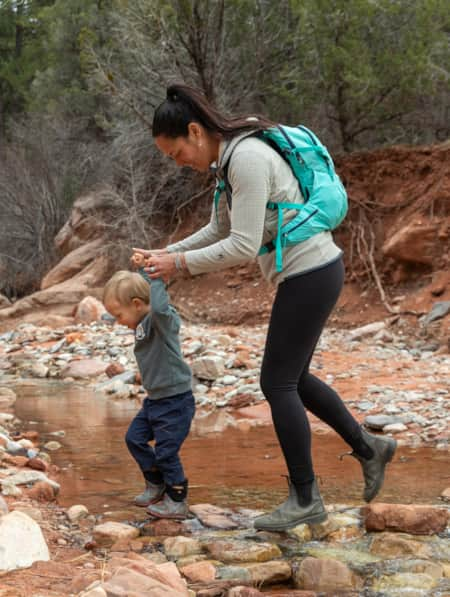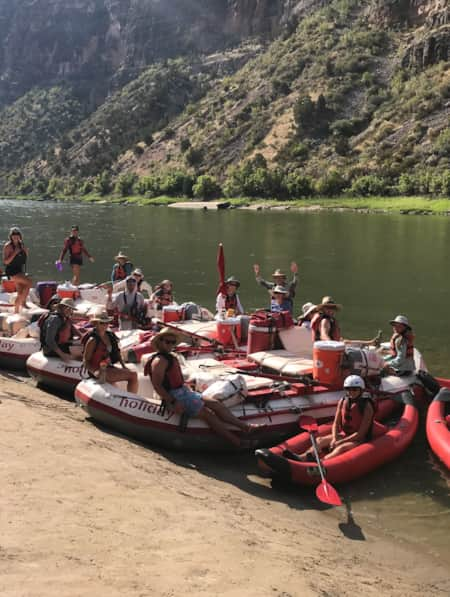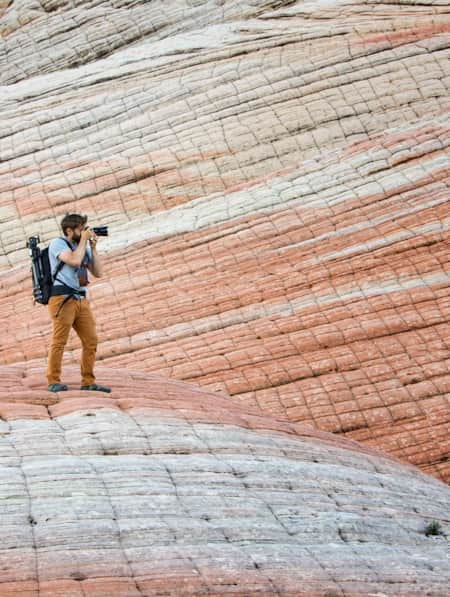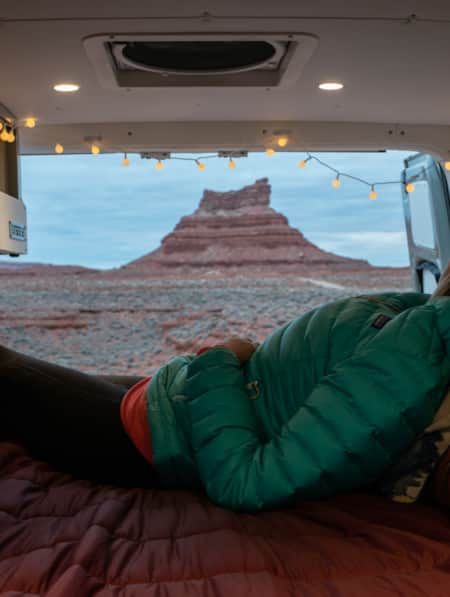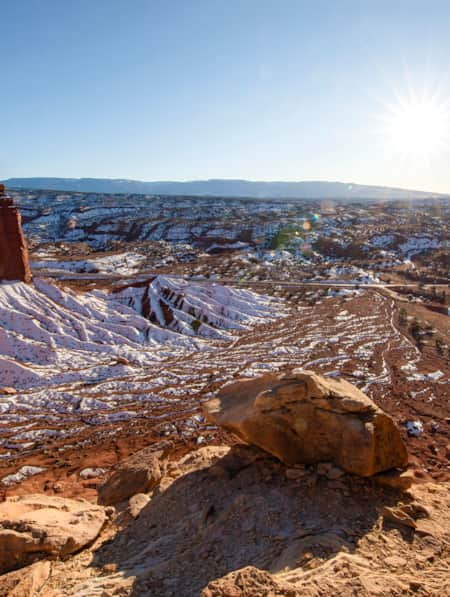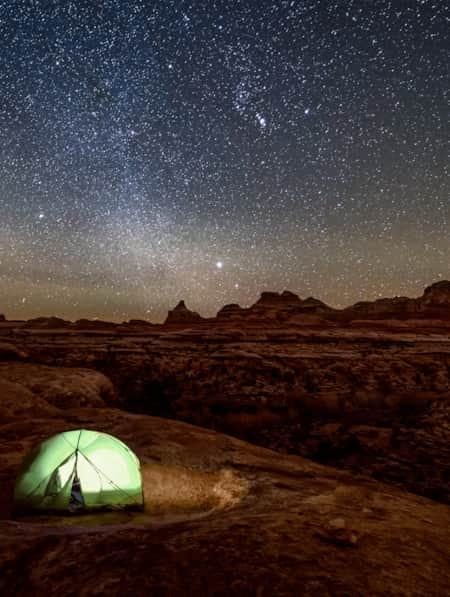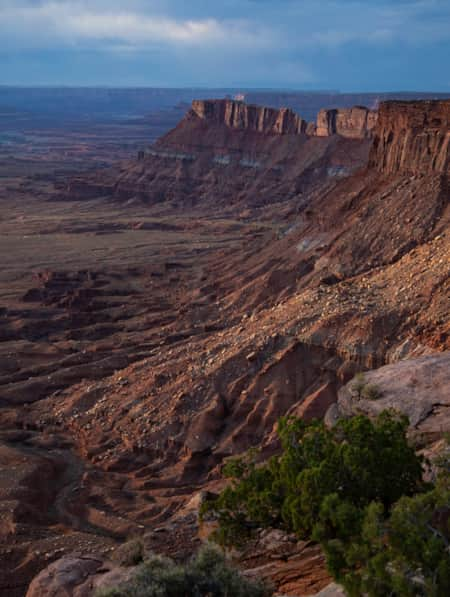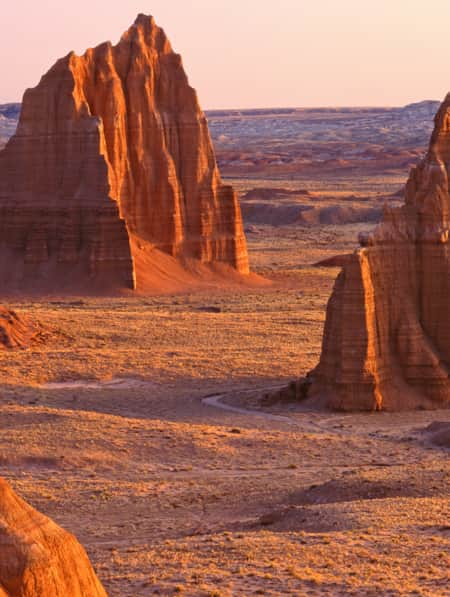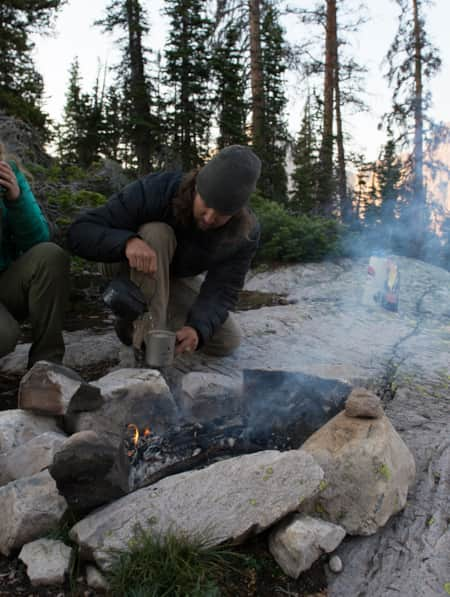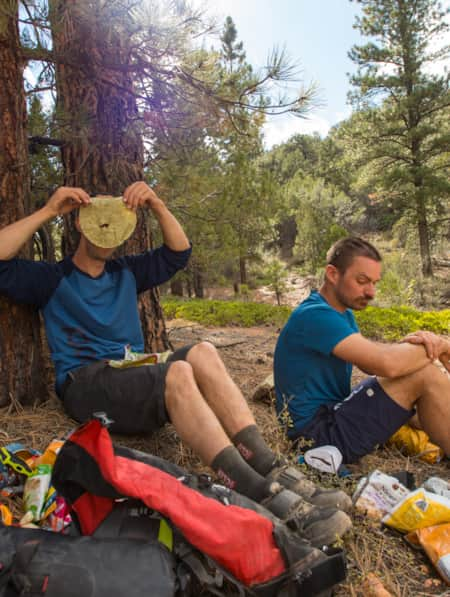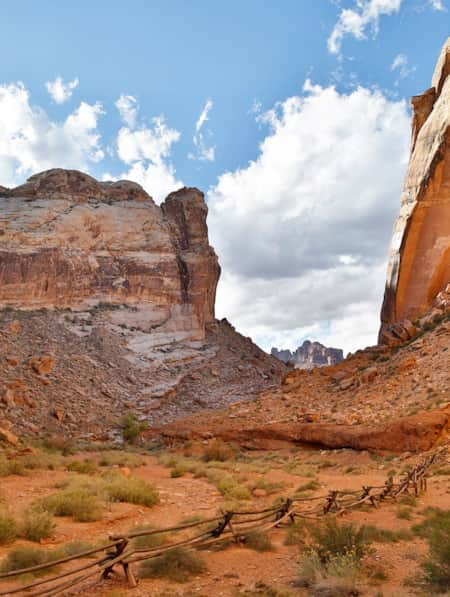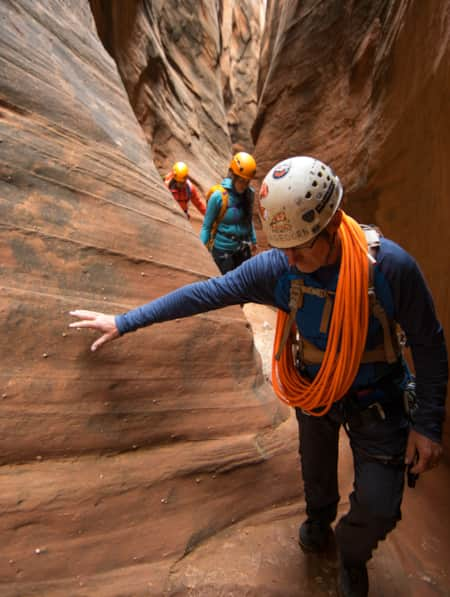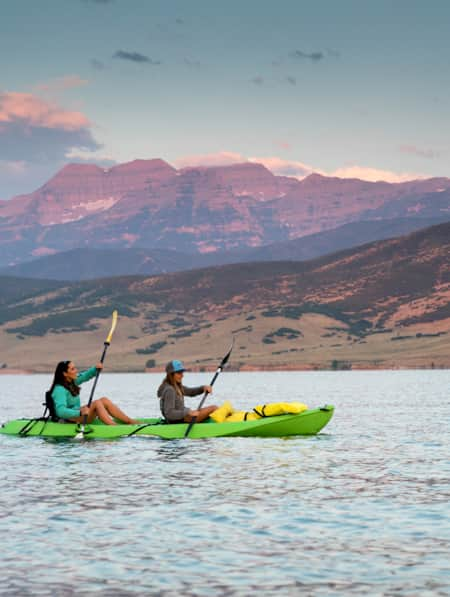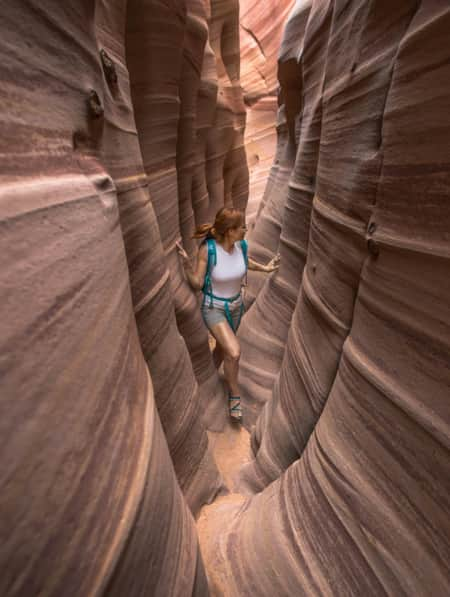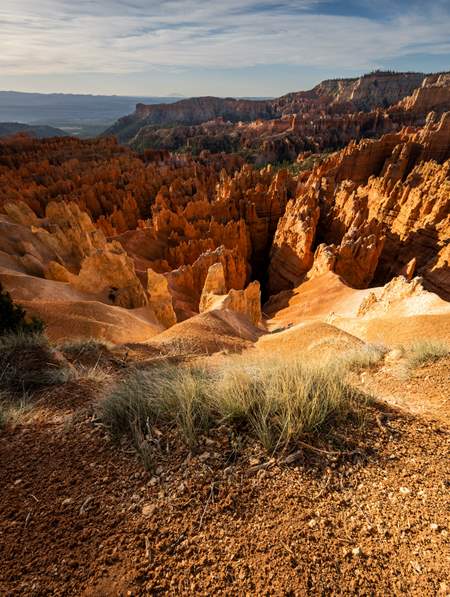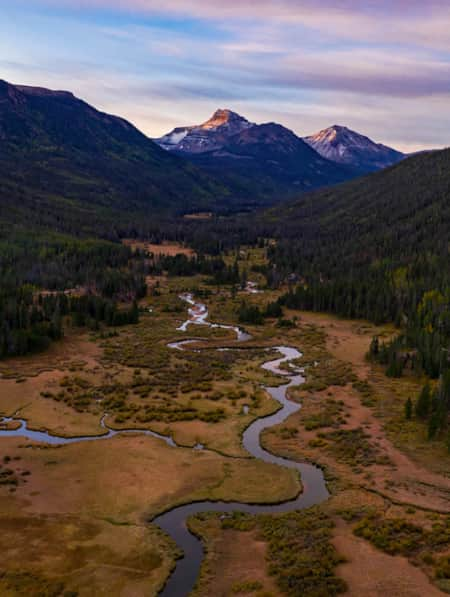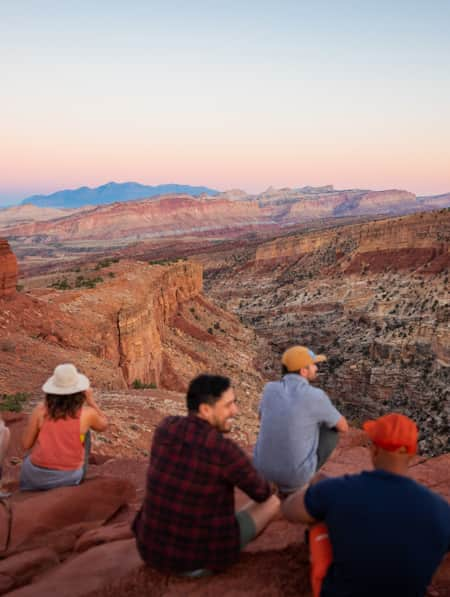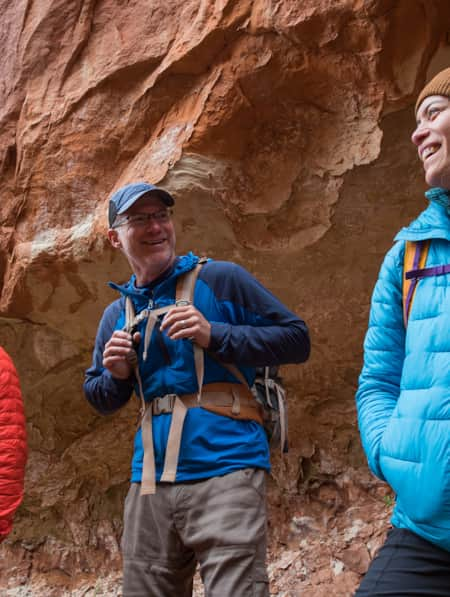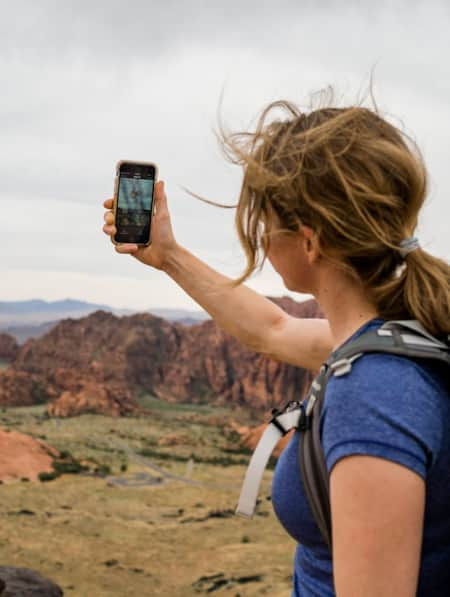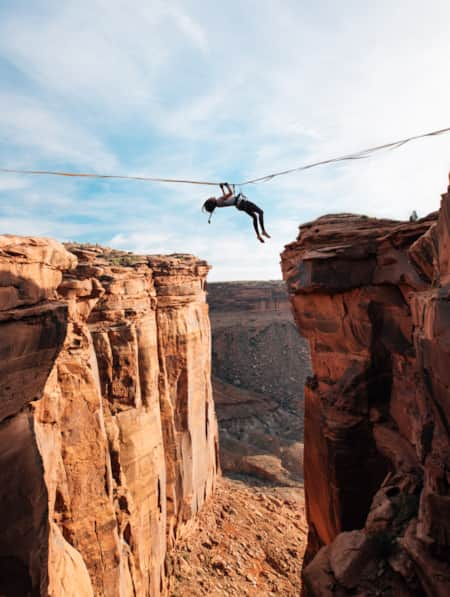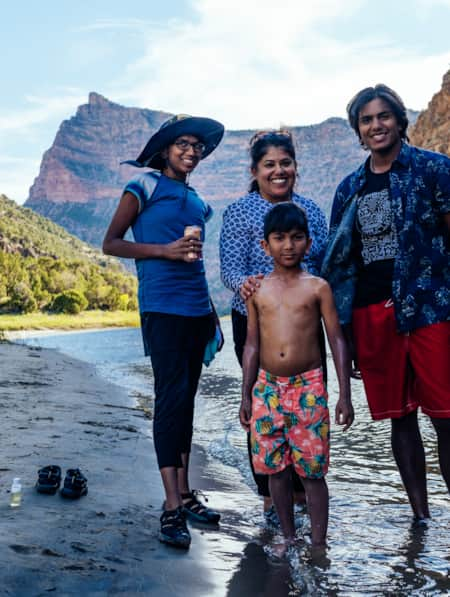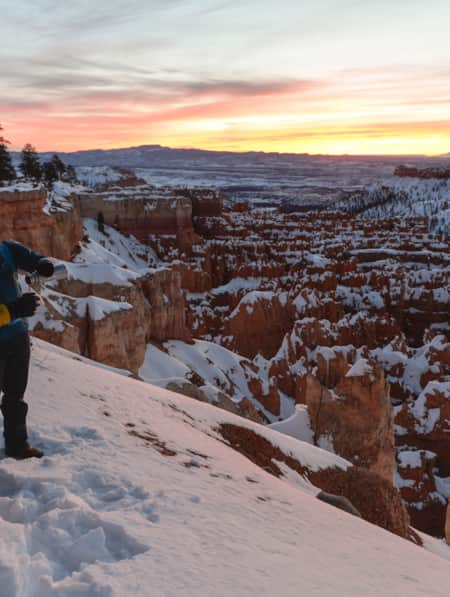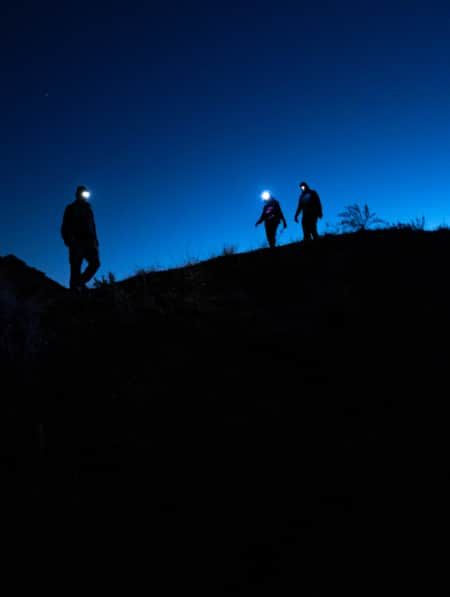Protecting Our Forests — One Branch at a Time
When it comes to preserving forests, University of Utah ecologist Nalini Nadkarni believes in the cumulative power of small acts of goodness.
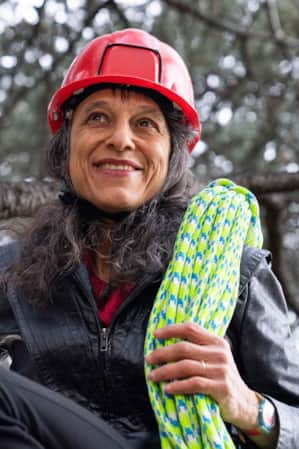
When asked about her favorite spot to visit in Utah, local tree-lover and University of Utah ecologist Nalini Nadkarni responds with an often-overlooked treasure — the Trembling Giant – also known as Pando.
Located in Fishlake National Forest, Pando — which means “I spread” in Latin — is a clonal tree colony of quaking aspens, believed to be the largest living organism in the world (Read: "8 Utah Hikes for Leaf Peeping and Natural Splendor"). Every single tree in the forest is a genetic clone and offshoot of a single seed likely planted at the end of the last ice age, 14,000 years ago. “It’s one of the wonders of the world,” Nadkarni says, a high compliment from a woman who has spent more time with trees than many of us ever will."When asked about her favorite spot to visit in Utah, local tree-lover and University of Utah ecologist Nalini Nadkarni responds with an often-overlooked treasure — the Trembling Giant – also known as Pando."
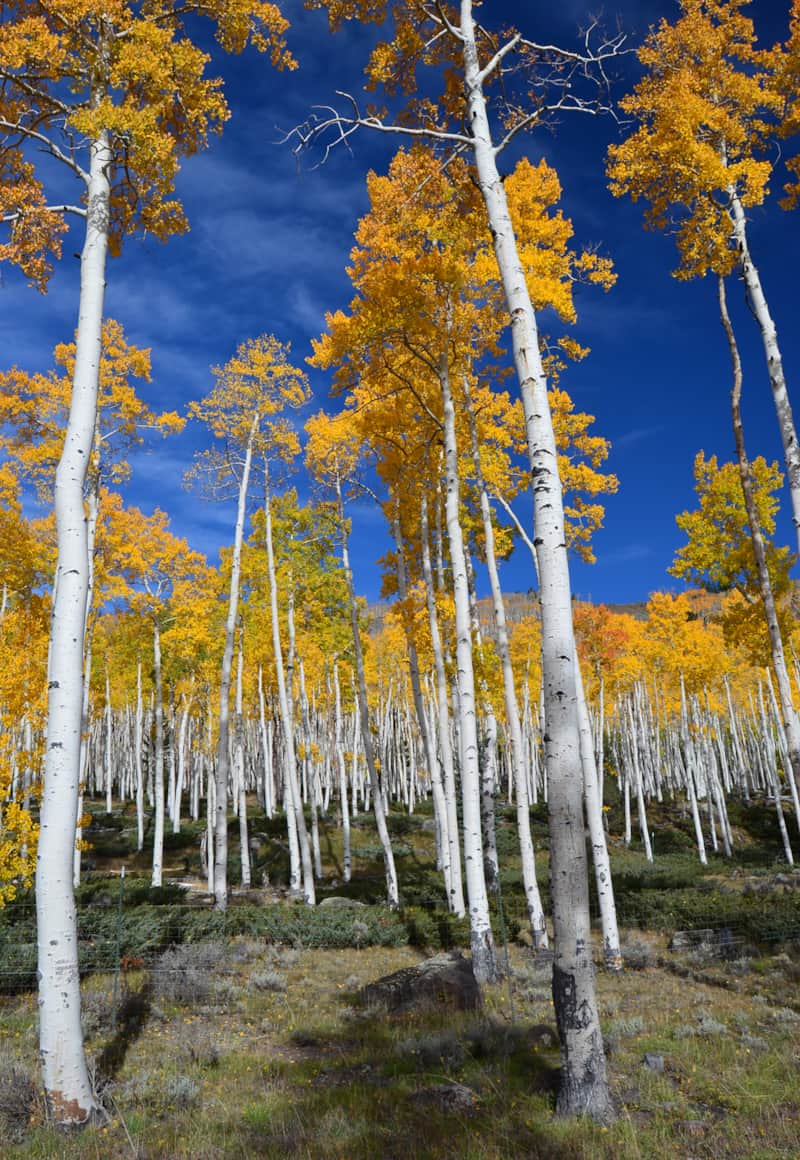
An autumn view of the Trembling Giant.
A Vow Planted
Born in Maryland, Nadkarni was raised with a grove of maple trees in her front yard. In her early years, she’d spend afternoons climbing the branches, taking along nothing but an apple and a book. “I learned to trust them,” Nadkarni shares. “As their strong limbs held me up, they were my refuge.”
Fast friends with the trees, a young Nadkarni vowed to always protect them. She wasn’t sure what that meant as a young girl, but during her undergraduate studies, she fell in love with ecology. She went on to earn her PhD from the University of Washington and pioneer the study of Costa Rican rain forest canopies, using mountain climbing equipment to inventory treetop environments.
Now more than 40 years into her award-winning research career, one of Nadkarni’s continued passions is to share her love for trees with new and non-traditional audiences — something I can personally attest to. I first met Dr. Nadkarni when she enlisted my experience as a young slam poet to help organize a PoeTree Open Mic. The event drew a thrilling and unorthodox audience — scientists, emotionally abundant teen poets and unsuspecting coffee drinkers at Mestizo’s Coffeehouse in Salt Lake City. While unorthodox, the intent was clear — Nadkarni sows a love for trees in all manners.
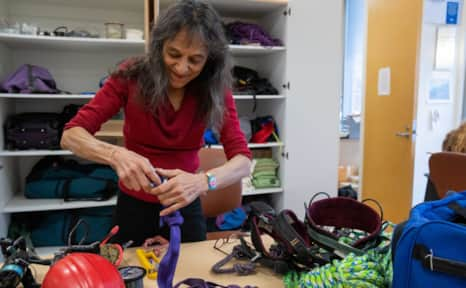
Dr. Nadkarni pioneered the study of Costa Rican rain forest canopies, using mountain climbing equipment to inventory treetop environments.
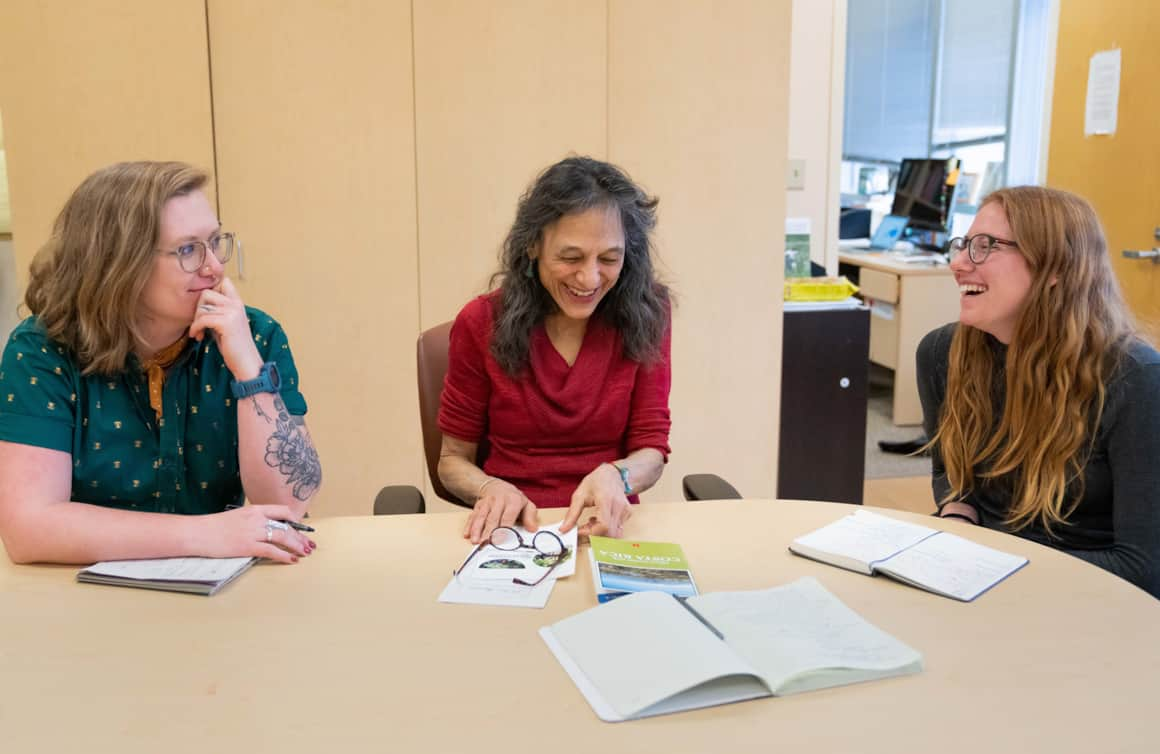
Dr. Nadkarni at work with students at the University of Utah in Salt Lake City.
Branching Out
For Nadkarni, it doesn’t really matter why people love trees — be it for ecological, aesthetic, spiritual, economic or recreational value. What matters most is that people love and cherish trees in their own community and hopefully carry this guardianship with them into the realms of politics and power.
Nadkarni brings ecological education to every intersection she comes across. Although she herself is not a religious person, connecting with religious communities has been a particularly fruitful intersection. Nadkarni has met with over 40 congregations of differing denominations and even shared a formal conversation with the Archbishop of Canterbury on ecological justice.
“More than 80% of people across the world identify as religious, way more than identify as environmentalists,” Nadkarni explains. And the sacredness of trees is a value shared across religious denominations. A quick search of the Old Testament shows 329 references to trees. Buddha found enlightenment beneath a bodhi tree. Latter-day Saints and other Judeo-Christian-Islamic groups believe in a tree of life, a tree of knowledge of good and evil, or a tree of immortality in the legendary Garden of Eden. In some sects of Hinduism, the Tulsi tree represents the connection between the godly and humans. Jews even have Tu B’Shvat, a new year celebration dedicated solely to trees, during which they eat a ceremonial meal of fruits and nuts to celebrate and thank the trees for their generosity.
Nadkarni’s dedication to ecological education has also brought her to another surprising intersection — incarcerated populations. She has spent decades developing the Sustainability in Prisons Project in Washington State, and the INSPIRE program, here in Utah, traveling to more than 20 prisons and jails in seven states, offering lectures and programs on everything from gardening and recycling to endangered species. Through these efforts, Nadkarni has found that the ecological presentations don’t just increase inmate scientific knowledge and science appreciation, but also personal self-esteem. For those in solitary confinement, she has also found that nature videos made them calmer, less irritable and 26% less likely to commit violent infractions than those who did not watch the videos.
Her work has even inspired inmates to pursue a future in the sciences. One in particular, Craig Ulrich, continued his scientific learning after prison, earning his PhD and eventually becoming a professor at the University of Nevada. His story is an example of the dramatic transformation possible through science education in prisons. “Everyone grows in their own way,” Nadkarni reminds us. “I have hope in the cumulative power of small acts of goodness.”
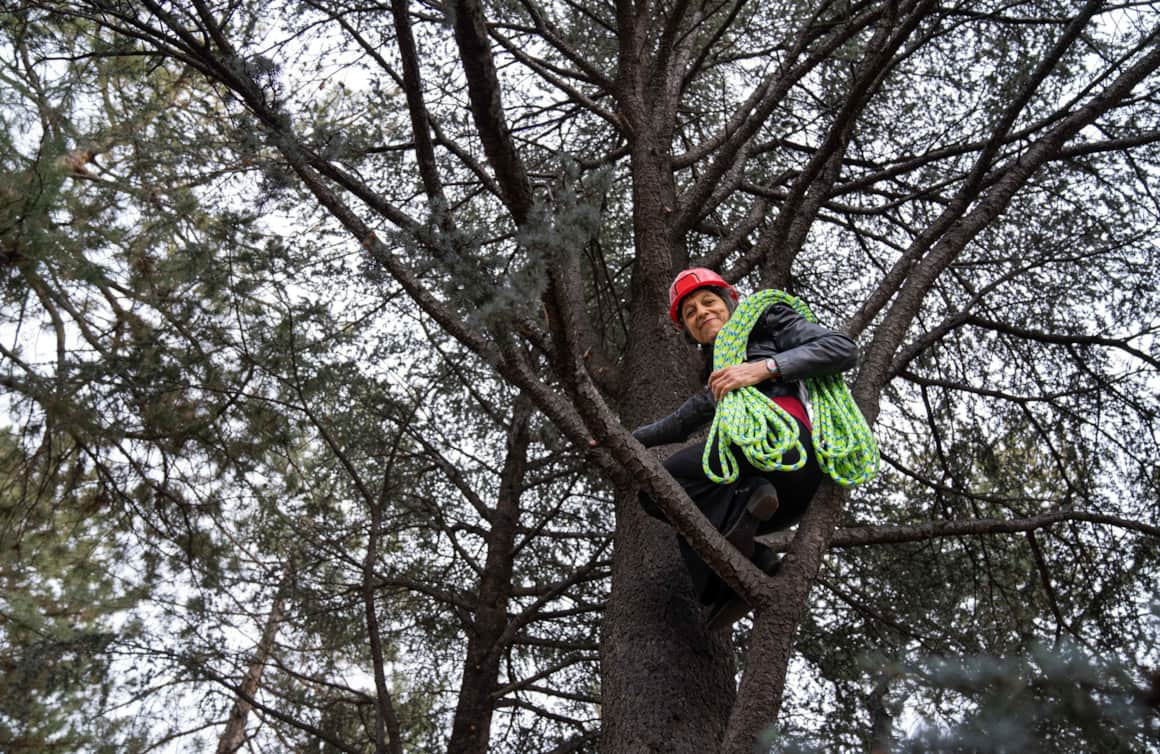
Dr. Nadkarni has been climbing trees since she was a small child in Maryland.
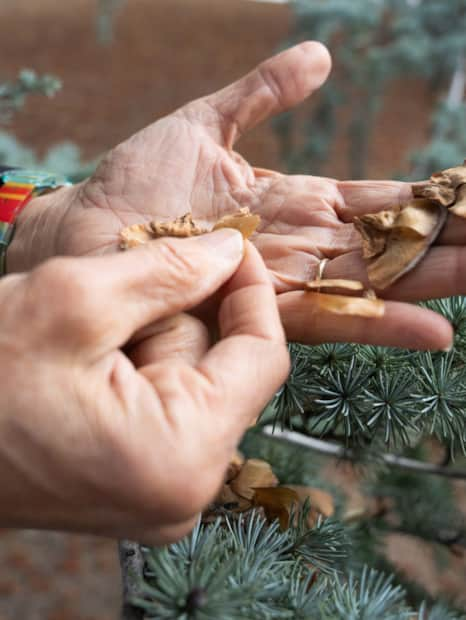
More renowned for its red rock, Utah has still taught Dr. Nadkarni about the subtlety of biological life.
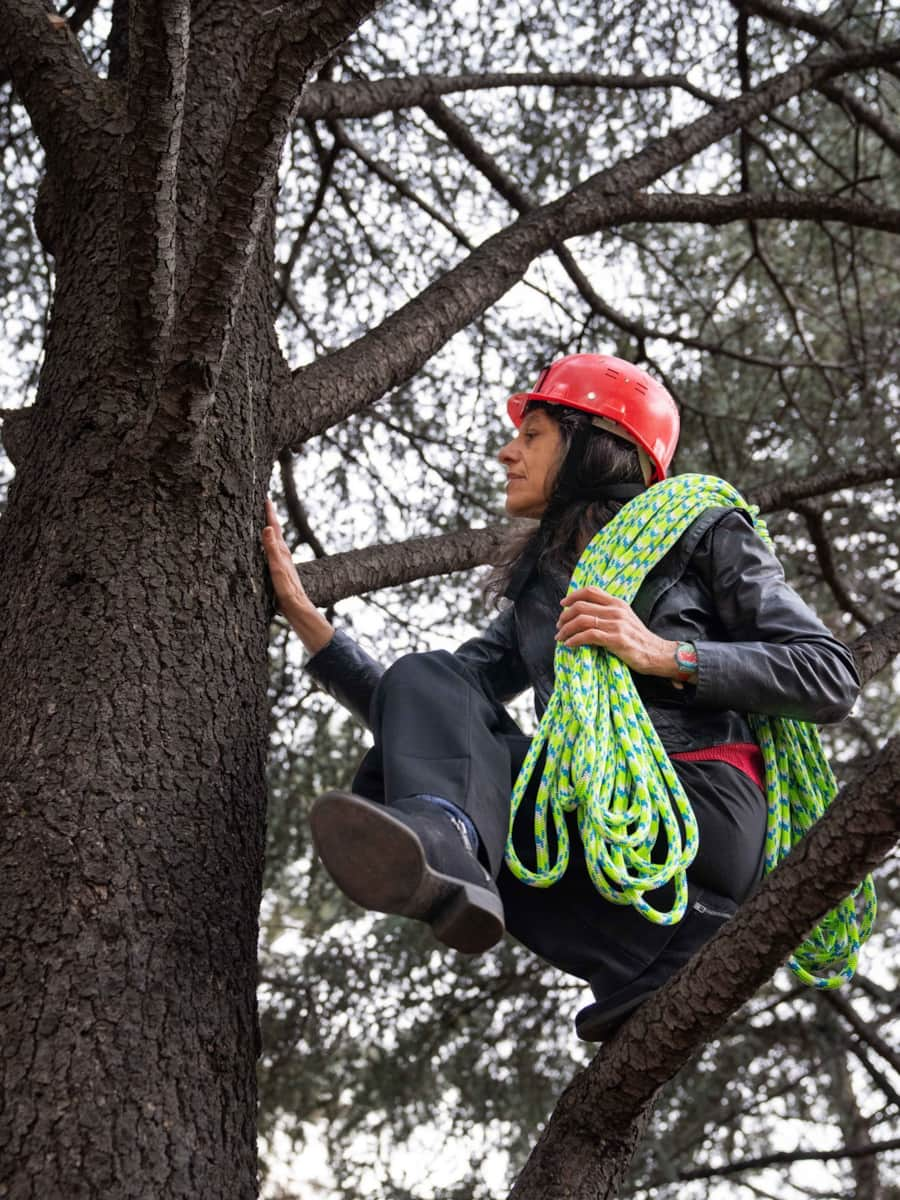
Dr. Nadkarni aims to bring ecological education to every intersection she comes across.
"Every tree is unique and has a lesson to teach us about how to survive in this environment. Only if we listen."
– Nalini Nadkarni, Professor Emeritus, University of Utah's School of Biological Sciences
Treetops to Red Rock
Nadkarni is currently a professor emeritus in the School of Biological Sciences at the University of Utah. While more renowned for its red rock than its trees, Utah has still taught Nadkarni about the subtlety of biological life, a quieter beauty, and the importance of trees to people. High up in the conifer forests of the Wasatch, surrounded by white fir, mountain mahogany, Engelmann spruce and juniper, Nadkarni admires and ponders each individual tree’s unique architecture and personality. She wonders, what have their lives been like in Utah’s incredibly dry mountaintops? What would our lives be like without these trees? (Explore: "Red Butte Garden in Salt Lake City")
Utah has its dramatic landscape formations, yes, but in terms of biology and ecology, one has to pay a bit more attention to notice the vibrant aspects of nature at work. And like trees, these biological subtleties will continue to need our protection. (Read: "A Soil Sleuth Protecting Utah’s Living Landscapes")
If it were up to her, Nadkarni would have every person spend quality time with a tree, meditating and observing their particularities. “Every tree is unique and has a lesson to teach us about how to survive in this environment,” Nadkarni shares. “Only if we listen.” (Read: "How to Visit Utah’s Most-Visited Forest")
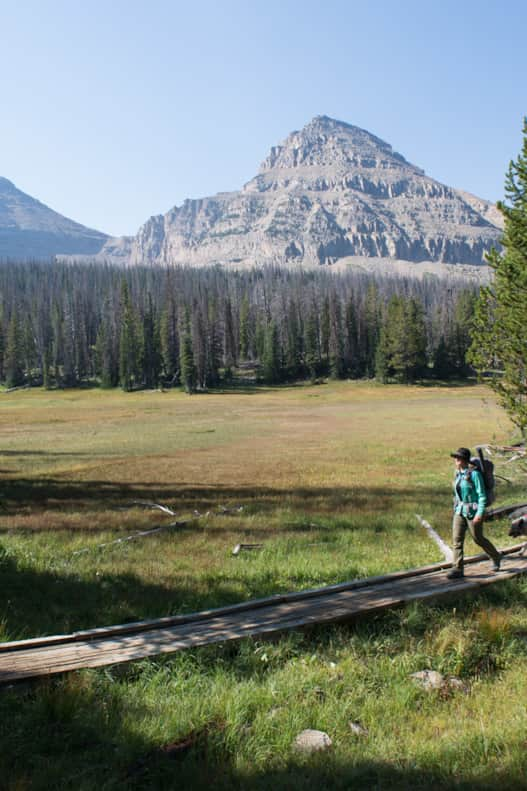
Utah’s forests offer endless amounts of recreational activity. Learning how to visit responsibly will enhance your overall experience.
Photo: Hage Photo

